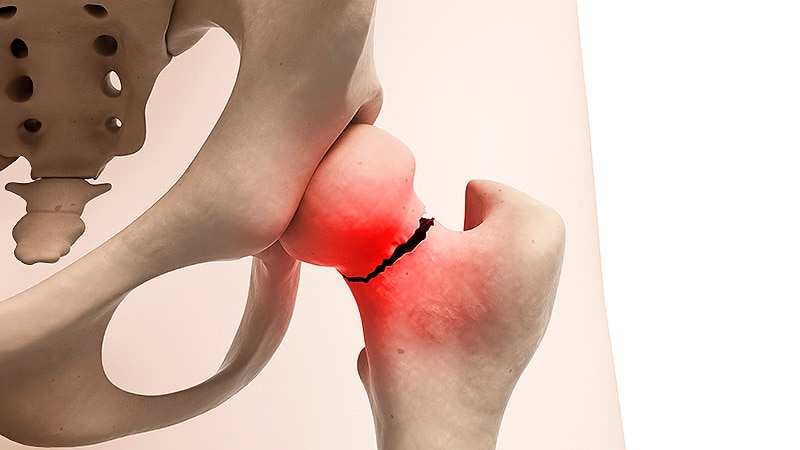TOPLINE:
Opioid and substance abuse patients with firearm injuries encounter increased mortality rates and incur higher costs, with limited discharge to outpatient resources, highlighting the urgent need for improved screening and treatment.
METHODOLOGY:
- Researchers investigated the association between substance use disorders (opioid and others) and gun violence in 25,218,381 patients (age, ≥ 18 years) presenting to emergency departments in the United States from 2018 to 2019.
- They retrospectively analyzed the Nationwide Emergency Department sample and stratified patients into two groups: substance use disorder (SUD) with (n = 35,306; 11.4% women) and without (n = 25,183,075; 45.6% women) firearm injuries.
- The primary outcome was mortality, and the secondary outcomes were ED expenses and length of stay.
TAKEAWAY:
- The firearm-SUD patients had a higher mortality rate than nonfirearm-SUD patients (1.4% vs 0.4%; P <.001).
- The firearm-SUD patients (88.6% men) were more likely to be insured by Medicaid or self-pay (71.6% vs 53.2%; P <.001) than nonfirearm-SUD patients.
- The former incurred higher ED charges ($9269.9 vs $5164; P <.001) and had a longer duration of stay (6.5 days vs 4.9 days; P <.001) than the latter.
IN PRACTICE:
Improved screening and prevention metrics can identify high-risk populations with substance abuse, firearm-related injuries, and mental health conditions and enable healthcare providers and policy stakeholders to design psychosocial interventions that will enhance the outcomes and quality of life of such patients, the authors concluded.
SOURCE:
The study was conducted by Lakshika Tennakoon, MPhil, MD, Department of Surgery, Section of Trauma and Acute Care Surgery, Stanford University School of Medicine, Stanford, California, and was published online in the Journal of Surgical Research.
LIMITATIONS:
The study was retrospective in nature. The usage of International Classification of Diseases 10th Edition codes to identify SUD and firearm-related injuries in patients may have led to coder errors and the underutilization of external cause codes. Cognitive and emotional development, impulsivity, and the influence of family and social environments were not considered. The study lacked granular clinical data for conducting a detailed analysis of the patterns of treatment, complications, and interventions.
DISCLOSURES:
The study did not receive any funding. The authors declared no conflicts of interest.

.webp) 1 week ago
5
1 week ago
5




























 English (US)
English (US)